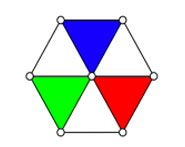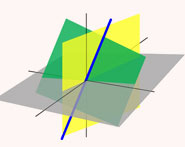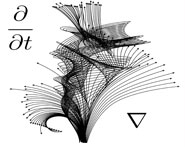


 تاريخ الرياضيات
تاريخ الرياضيات
 الرياضيات في الحضارات المختلفة
الرياضيات في الحضارات المختلفة 
 الرياضيات المتقطعة
الرياضيات المتقطعة
 الجبر
الجبر
 الهندسة
الهندسة 
 المعادلات التفاضلية و التكاملية
المعادلات التفاضلية و التكاملية 
 التحليل
التحليل
 علماء الرياضيات
علماء الرياضيات |
Read More
Date: 21-12-2021
Date: 22-12-2021
Date: 9-11-2021
|
Errors occur whenever we transmit data. For example, suppose you are reading a newspaper (in English). If you see the word “bive,” you know it is not an English word, so a typographical error has occurred. You can usually correct it by looking at the context.
For example, if you see:
“. . . the next bive years . . . ” it should say five
“. . . a bive performance . . . ” it should say live
“. . . teeth used in the bive . . . ” it should say bite
“. . . bive you an example. . . ” it should say give
Nowadays a lot of data is sent electronically, for example by computer, and is a binary message. We usually represent the message by a string of the symbols 0 and 1; these may, for example, represent power on/power off or switch up/switch down. Data on computers or on tools governed by computers is stored in binary form. Errors can be caused by many things (electrical interference, human error, and so on). We need to look at ways to detect and possibly correct these errors.
As there is no context, we have a problem. To get around this, a message can be given its own context by sending some more information. We have already seen examples of adding additional information in the preceding chapter, with the check digits appended to ISBNs and other identity strings.



|
|
|
|
التوتر والسرطان.. علماء يحذرون من "صلة خطيرة"
|
|
|
|
|
|
|
مرآة السيارة: مدى دقة عكسها للصورة الصحيحة
|
|
|
|
|
|
|
نحو شراكة وطنية متكاملة.. الأمين العام للعتبة الحسينية يبحث مع وكيل وزارة الخارجية آفاق التعاون المؤسسي
|
|
|